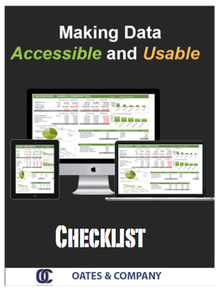Before the use of electronic data interchange (EDI) systems, transferring information between companies involved paper and a relatively lengthy process:
- The buyer makes a decision
- The buyer creates a purchase order and prints it
- The buyer mails or faxes it to the supplier
- The supplier receives the purchase order
- The supplier enters the order into the system
- The supplier mails or faxes the buyer to acknowledge the receipt of the order
This process could take up to a week, and sometimes takes longer.
Enter the electronic data interchange (EDI) system.
The whole process doesn’t change, of course, but it does get shorter and easier.
- The buyer makes a decision
- The buyer creates a purchase order – but doesn’t print it
- The buyer’s EDI software creates a purchase order
- The purchase order is automatically and immediately transmitted to the supplier – electronically
- The supplier’s EDI software receives the order and automatically enters it into the system
- The supplier's system electronically acknowledges the receipt of the order
In contrast to the “traditional” forms of business communication, the EDI form of communication can take as little as an hour.
 The EDI software moves information – mostly purchase orders and invoices, although other business communications can be exchanged – between two points with minimal manual labor. Once the system is programmed, the EDI system can complete your tasks on any schedule you choose. Electronic data interchange can completely replace mailing, faxing, and other traditional forms of business communication with paperless exchanges.
The EDI software moves information – mostly purchase orders and invoices, although other business communications can be exchanged – between two points with minimal manual labor. Once the system is programmed, the EDI system can complete your tasks on any schedule you choose. Electronic data interchange can completely replace mailing, faxing, and other traditional forms of business communication with paperless exchanges.
Efficiency and accuracy are the two biggest reasons to consider switching to an EDI system.
EDI systems are more efficient and accurate because they involve computers instead of people. Computers can collect, compile, and distribute data far faster and with far more accuracy than any person or team of people. Once the EDI vendor sets up the system and automates it, the time that employees used to spend on data exchange tasks can now be distributed to other tasks. In addition, computers – assuming their programs are set correctly – make fewer errors than people.
Electronic data interchange systems are becoming more popular as businesses realize how much time and money they can save: manually processed orders can take up to 10 days and cost $70 or more versus electronically processed orders, which can take less than an hour and cost less than $1.



